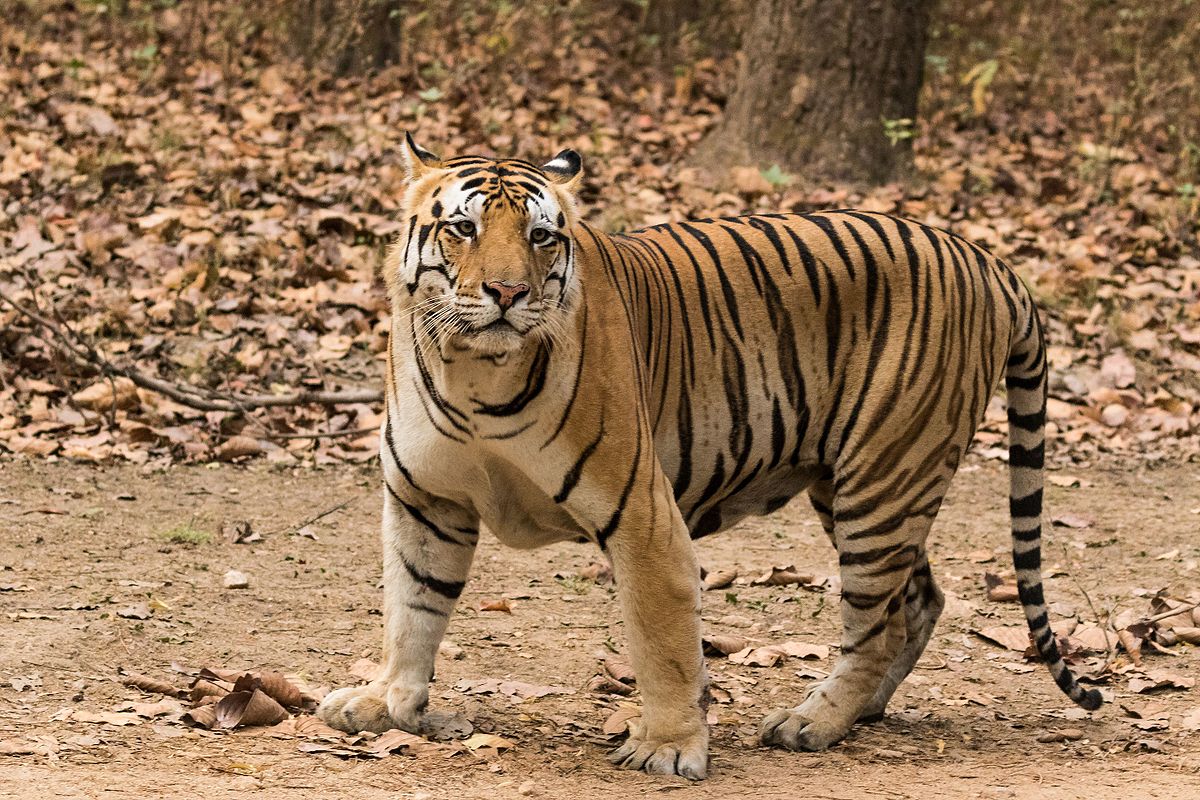 Camera traps are the latest guardians of nature. Be it the Corbett National Park in Uttarakhand or the Kaziranga National Park in Assam, in most protested areas, the Indian government is installing cameras to let technology do the task that humans can’t. Keep a 24×7 eye on the forest to check that no poachers enter the protected zone and harm the precious wildlife.
Camera traps are the latest guardians of nature. Be it the Corbett National Park in Uttarakhand or the Kaziranga National Park in Assam, in most protested areas, the Indian government is installing cameras to let technology do the task that humans can’t. Keep a 24×7 eye on the forest to check that no poachers enter the protected zone and harm the precious wildlife.
When we asked our readers if they liked the way technology was used to aid protection of wildlife, most said the move was excellent. 90 percent believed that the installation of camera traps could reduce poaching of wild animals to a large extent.
There are clearly some advantages to using camera traps,
- The forest departments of most states of India are in desperate need of human resources. Forest officers, rangers, guards, are as rare to find as some of the endangered species and therefore, it makes sense to take technological help so that at least the protection of the forest cover continues unhindered.
- Humans have time limitations and cannot possibly be at all places all the time guarding the forest. Camera traps can provide crucial data 24×7 in spite of weather conditions, day-night conditions and in presence of animals that are elusive in nature.
- Camera traps also help provide more information of the life of animals living in the forest, especially those that are nocturnal in nature and those that shy away from human presence.
- Lastly, and most importantly, poachers can scent human presence, but might not easily see the cameras keeping an eye on them. Therefore, chances of them getting caught in the act increases substantially.
However as National Tiger Conservation authority’s deputy inspector general SP Yadav said, nothing can replace human patrolling, the camera traps do have some disadvantages,
- Cost of putting of these cameras is immense. In Corbett the E-eye project cost the government a huge 3.5 crores and only about 350 sq. km of the 800 sq. km park is under survelliance. Considering the wide diversity of Indian forest cover, it would be a substantial amount of money that will have to be spend, first to install the cameras and then their regular maintenance.
- Cameras can give photographic evidence but cannot nab the poachers. The task has to still be done by human guards and if the back up team is not alert, it is useless checking the images of the poachers later.
- If the cameras are detected, poachers might destroy them and keep on ravaging the forests as usual.
- Without technical know-how of how to operate and use the data gathered by the camera by all the people concerned, from the guards to the senior officers of the forest department, the camera’s simply turn to props in the jungle with no proper use.
But considering that the government has already invested in the project and is serious about the initiative especially for parks that are home to tigers and endangered rhinos, camera traps can indeed prove to be that helpful tool that can threaten the existence of poachers. Once they know that they are being watched all the time, these men will think twice before nabbing a bear cub, killing a nursing tigress or ripping off the horn of a rhinoceros. Perhaps, the candid cameras can indeed save India’s endangered species from greedy poachers.
Don’t forget to take part in our latest Poll. The Supreme Court of India recently rejected the proposal of bringing Cheetahs from Africa to India. Do you think the move is for the better? (Leave your comment through the Poll of the Week side panel)
Image of WTI field officer placing a camera trap in Dudhwa Tiger Reserve courtesy Widlife Trust of India
More Related Stories,
From the Camera of a 7 Year old
Camera Traps show Kargil now Home to Snow Leopards
Camera Traps help Catch Rhino Poachers





